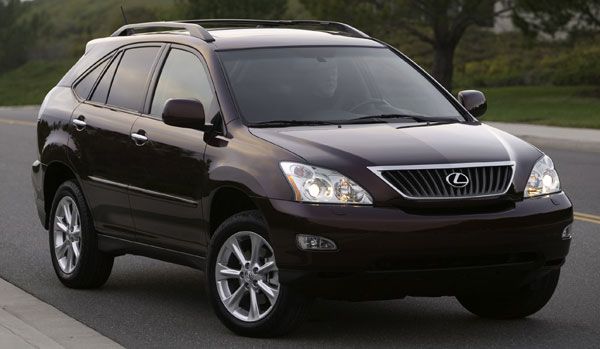Instruction
1
Signs of a slipping clutch may be the characteristic smell of the friction linings. In addition, you may notice that your car is unusually slow to accelerate, and lift the clutch switches to work. The pedal clutch can greatly shorten its course or to completely lose it.
2
Problems of adhesion may be caused by contamination or significant wear of friction linings and friction pressure plate and flywheel. Greasy pads you can wash out gasoline and frictional overlays it is necessary to repair in the service station. Overheating the clutch can cause the weakening of the pressure springs.
3
Following a serious malfunction of the clutch – its incomplete inclusion. When shifting you can feel the clutch "leads". With the free running of the handle of switching of speeds and the pedal the clutch will be much shorter than normal.
4
Other causes of failure may be trapped air in the hydraulic system or leakage of the working fluid. On the wear of the clutch you can learn, after inspecting the clutch disc. If it is warped or twisted, straighten or replace it.
5
As you know, all good cars the clutch is switched on smoothly. The appearance of jerks and bumps in the transmission when pulling away can indicate contamination or wear of the friction linings or loss of elasticity of lamellar springs. It is also possible that on the surface of the flywheel or pressure plate formed mechanical damage bullies. If so, then your car requires urgent repairs.
6
On the wear of the clutch recalls and resulting sticking of the handle in the abutments or protrusions of the pressure disc. If you experience noise in the clutch you need to deal with the bearing of the switch on the clutchbecause it can be destroyed, and the driven disk or damper torsional vibrations, whose parts can order to wear out.
